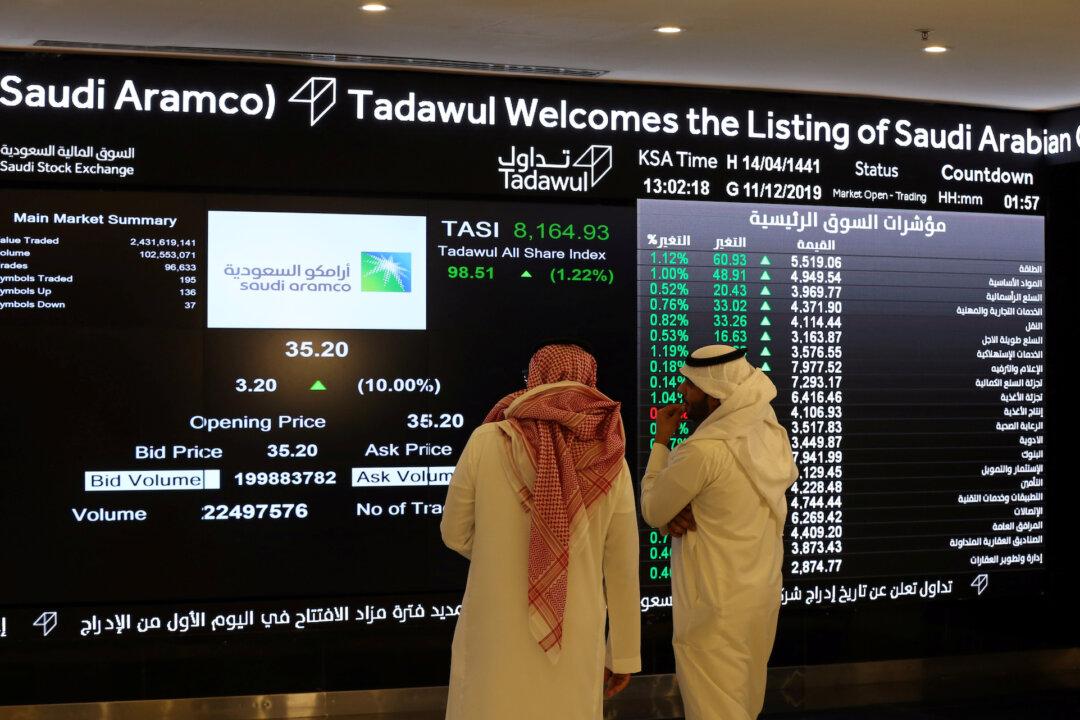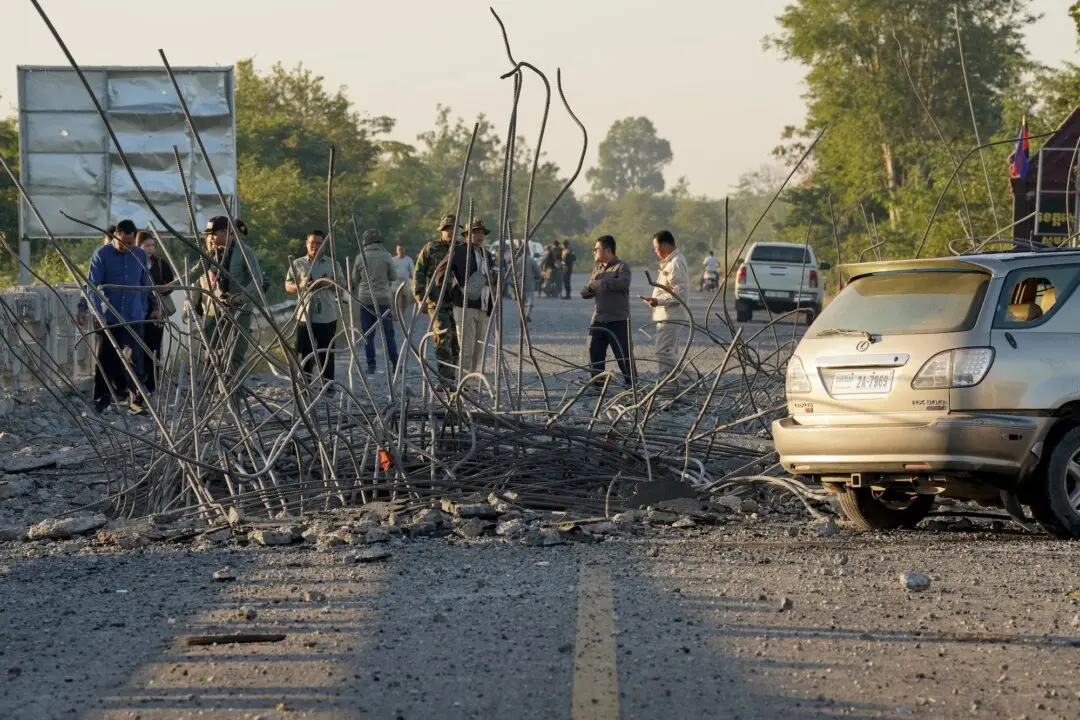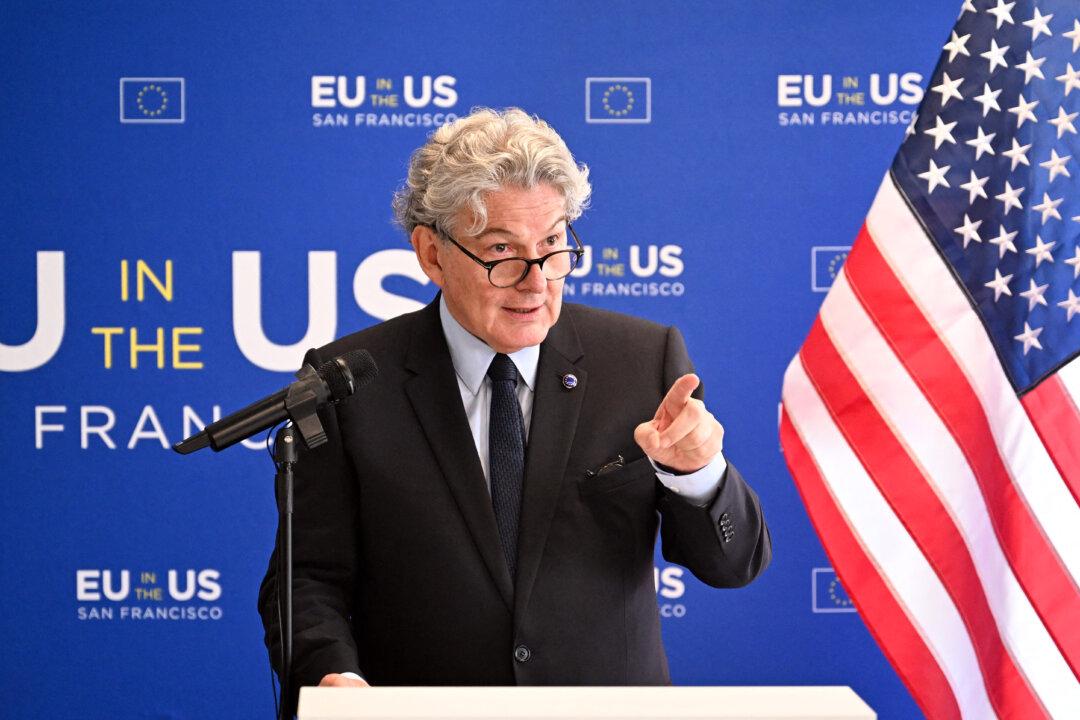The cost of insuring against a potential debt default by Saudi Arabia has soared by over 16 percent since the killing by a U.S. drone of Iranian commander Qassem Soleimani.
International bonds issued by Saudi Arabia and its state oil giant Aramco were yielding around 10 basis points more on the long end of the curve when compared to their levels before the strike.





